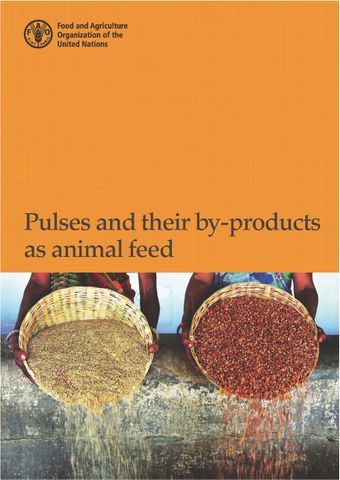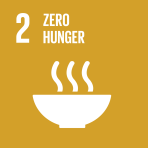Beans

- Authors: P.L. Sherasia, M.R. Garg and B.M. Bhanderi
- Main Title: Pulses and their By-Products as Animal Feed , pp 7-54
- Publication Date: July 2018
- DOI: https://doi.org/10.18356/ff08caf6-en
- Language: English
The word “bean” originates from the old German word böna (in modern German Bohne) and has been in use since the eleventh century. Bean originally meant the seed of the broad bean (Vicia faba L.), but was later broadened to include members of the genus Phaseolus L., such as the common bean or haricot (Phaseolus vulgaris L.) and the runner bean (Phaseolus coccineus L.), and other Leguminosae genera like Vigna Savi and Glycine Willd. Currently, the term is mostly applied to refer to the plant and seed of the allied genus Phaseolus (Proffitt, 2016). Indeed, the FAOSTAT category “dry beans” originally comprised only species of the genus Phaseolus (FAO, 1994). However, species delimitations in the genus Phaseolus have been revised through new taxonomic evidence and, consequently, five species originally included into this category are currently treated as Vigna (i.e. Vigna angularis, V. radiata, V. mungo, V. umbellata and V. aconitifolia) (FAO, 2016). In this chapter, the term beans is used to refer to the nine species classified by FAO (1994) as “dry beans”.
-
From This Site
/content/books/9789210472579c011dcterms_title,dcterms_subject,pub_keyword-contentType:Journal -contentType:Contributor -contentType:Concept -contentType:Institution105


